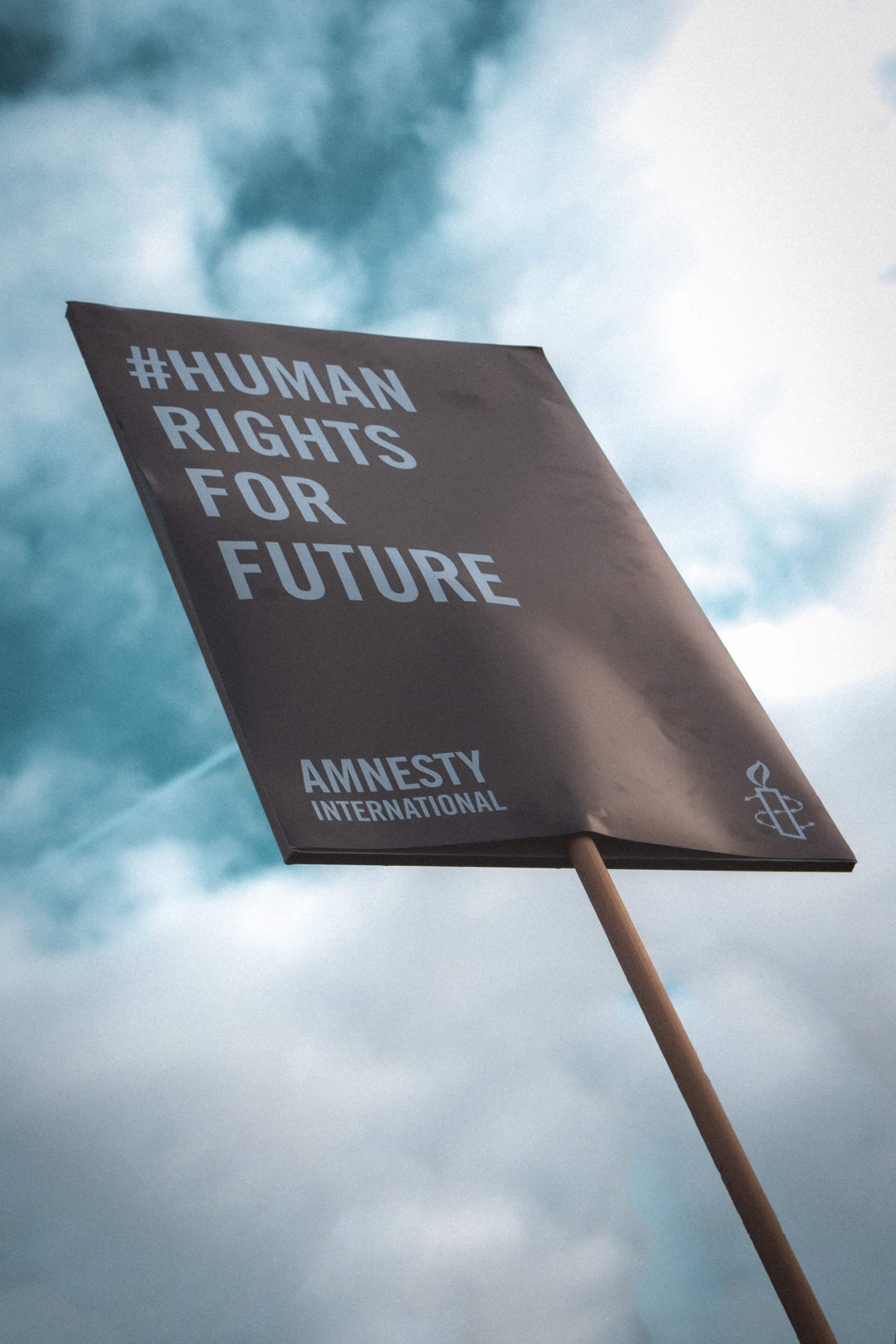Running a program designed to increase the resilience of small charities is a fantastic job, but one of the biggest challenges is measuring resilience. In reality, whether a charity is resilient can only be known when they face difficult events or changing times.
When funding is such a challenge and public bodies are using charities to deliver their mission, it can be easy to fall into the trap of following the funding, by allowing external entities to dictate your organization’s direction.
It is important for the good governance of your charity that you record your decision and the reasons for it.
Jony Doe
PCharity governance
- Charity Governance Code
- Kent Good Governance Charity Forum, Brachers
- Governing your organisation, NCVO
This was our experience with one charity in particular. As part of our initial meeting, we asked why they existed because their work felt very disjointed. The charity could tell us all about what they did in terms of activities and projects – but struggled to articulate what they were trying to achieve.

Effective leadership
In the time we’ve been working with them they have agreed to their purpose and reviewed how their activities fit with this. Their theory of change document has also allowed them to regularly ensure the organisation stays focused, makes informed decisions about strategy and measures itself against its intended impact.
If you do consider such a decision is necessary, you should follow any rules in your charity’s governing document that allow for postponement or cancellation.

Awareness
In many parts of the UK, the local voluntary sector landscape has changed significantly in the last decade, let alone since Covid-19. As a board and senior management team, it’s important to spend time researching who else is out there because your information can quickly go out of date and this may have an impact on your delivery.
















